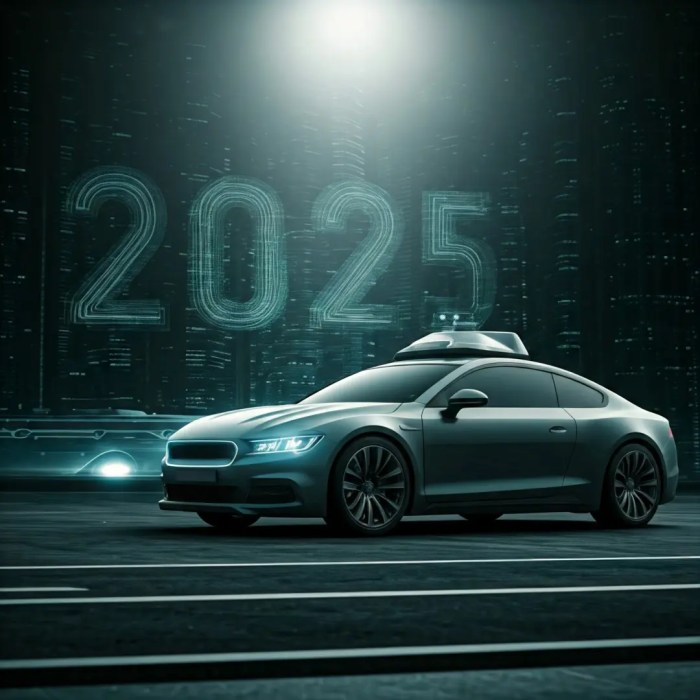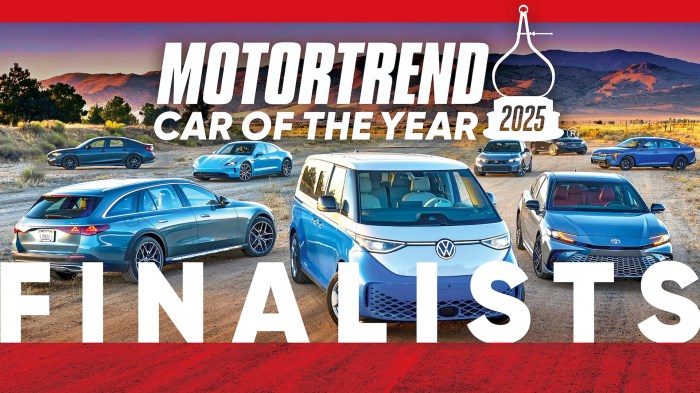The automotive design landscape is in constant flux, a dynamic interplay of technological advancements, shifting consumer preferences, and evolving environmental concerns. April 2025, predictably, showcases a fascinating convergence of these factors, resulting in several key design trends that are shaping the future of automobiles. This article delves into the prominent trends, providing a comprehensive overview for enthusiasts, industry professionals, and anyone curious about the direction of car design.
Sustainable and Eco-Conscious Design: Leading the Charge
Sustainability is no longer a niche concern; it’s a core principle driving automotive design. April 2025 sees a significant push towards eco-friendly materials and manufacturing processes. This translates into several visible design features:
Lightweight Materials and Construction:
The use of lightweight materials like recycled aluminum, carbon fiber composites, and bio-based plastics is becoming increasingly prevalent. These materials not only reduce vehicle weight, improving fuel efficiency and reducing emissions, but also contribute to a more sustainable manufacturing cycle. Designers are creatively integrating these materials to maintain structural integrity without compromising aesthetics. This trend is strongly linked to the overall drive towards improved vehicle fuel economy and reduced carbon footprint.
Aerodynamic Optimization:
Aerodynamics play a crucial role in fuel efficiency. April 2025 showcases vehicles with refined aerodynamic profiles, featuring sculpted body lines, active aero elements (like adjustable spoilers and diffusers), and optimized underbody designs to minimize drag and maximize efficiency. These design choices aren’t just about fuel economy; they also contribute to a sleeker, more modern aesthetic.
Recyclable and Bio-Based Interiors:
The interior design is also embracing sustainability. Expect to see more vehicles utilizing recycled fabrics, plant-based leather alternatives, and sustainably sourced wood in their interiors. These materials offer a more environmentally responsible approach without sacrificing comfort or style. The focus is on creating luxurious interiors with a reduced environmental impact, appealing to the growing number of eco-conscious consumers.
Technological Integration: Seamlessly Blending Form and Function
Technology is profoundly impacting automotive design. April 2025 sees a continued integration of advanced technologies, not just as features, but as integral elements shaping the vehicle’s overall design:
Human-Machine Interface (HMI) Evolution:
The driver’s interaction with the vehicle is being redefined. Expect larger, higher-resolution displays, intuitive touchscreens, augmented reality head-up displays, and voice-activated controls. These technological advancements are integrated seamlessly into the dashboard and center console, creating a clean, minimalist, and highly functional cockpit. The focus is on user experience, making the vehicle intuitive and easy to operate.
Autonomous Driving Features:
While fully autonomous vehicles may not be ubiquitous, April 2025 sees a significant advancement in driver-assistance systems. This translates into design considerations for sensor integration, improved visibility, and safety features. Vehicles are incorporating more sophisticated sensor arrays (LiDAR, radar, cameras) that are discreetly integrated into the vehicle’s design, often hidden behind grilles or within headlights.

Source: cdnartwhere.eu
Connectivity and Infotainment:
Connectivity is paramount. Vehicles are becoming increasingly connected, with advanced infotainment systems offering seamless integration with smartphones, smart homes, and other devices. This necessitates design considerations for improved antenna placement and efficient data transfer, often requiring subtle changes to the vehicle’s exterior and interior design.
Personalized and Customizable Designs: Catering to Individuality
The era of mass-produced, homogenous vehicles is waning. April 2025 shows a rise in personalized and customizable designs, allowing consumers to tailor their vehicles to their specific needs and preferences:
Modular Design and Customization Options:
Manufacturers are increasingly offering modular design platforms, allowing for a wider range of customization options. This might involve different exterior styling packages, interior trim levels, and even functional add-ons, allowing buyers to create a truly unique vehicle. This approach caters to the growing demand for individuality and self-expression.

Source: motortrend.com
Exterior Personalization:
Beyond factory options, the aftermarket industry is flourishing, providing numerous opportunities for exterior personalization. This includes custom paint jobs, decals, wheels, and other accessories that allow consumers to further express their individual style. This trend reflects the growing desire for unique and expressive vehicles.
Electrification and its Design Implications
The shift towards electric vehicles (EVs) continues to significantly influence automotive design. April 2025 shows several key design trends stemming from this transition:
Aerodynamic Efficiency for Extended Range:
Because EVs rely on battery power, maximizing range is crucial. This leads to a focus on aerodynamic optimization, as discussed earlier, to reduce energy consumption and extend driving range. The design prioritizes efficiency to make the most of the limited battery capacity.
Charging Port Integration:
The placement and design of charging ports are becoming increasingly sophisticated. Many vehicles now feature flush-mounted charging ports that seamlessly integrate into the vehicle’s bodywork, maintaining a clean and uncluttered aesthetic.
Battery Pack Integration:
The design of the vehicle’s underbody is heavily influenced by the placement of the battery pack. Designers are cleverly integrating the battery pack into the vehicle’s structure, often utilizing it as a structural element to improve rigidity and safety.
Emerging Trends: A Glimpse into the Future
Beyond the dominant trends, several emerging design concepts are beginning to gain traction in April 2025:
Increased Use of Light and Transparency:
The use of glass and transparent materials in vehicle design is increasing, offering improved visibility and a more open and airy cabin environment. This trend is particularly evident in panoramic sunroofs and large windows.
Biomimicry in Design:
Designers are increasingly drawing inspiration from nature, incorporating biomimicry principles into vehicle design. This can manifest in aerodynamic forms inspired by birds or fish, or in the use of bio-based materials.
Frequently Asked Questions (FAQ)
- Q: What are the most sustainable materials used in car design in 2025? A: Recycled aluminum, carbon fiber composites, bio-based plastics, and recycled fabrics are becoming increasingly common.
- Q: How is technology changing car interiors? A: Larger displays, intuitive touchscreens, augmented reality head-up displays, and voice-activated controls are transforming the driver experience.
- Q: Are electric vehicles influencing car design? A: Yes, significantly. Designers are focusing on aerodynamic efficiency to maximize range and cleverly integrating battery packs into the vehicle structure.
- Q: What is the role of personalization in automotive design? A: Manufacturers are offering more modular design platforms and customization options, allowing buyers to create truly unique vehicles.
- Q: What are some emerging trends in automotive design? A: Increased use of light and transparency, and biomimicry in design are gaining traction.
References
- Automotive Logistics (Industry news and analysis)
- WardsAuto (Automotive industry news and insights)
- Car and Driver (Automotive reviews and news)
Call to Action
Stay informed about the latest automotive design trends by subscribing to our newsletter and following us on social media! Let’s explore the future of driving together.
Clarifying Questions
What are the major sustainability initiatives influencing car design in April 2025?
Increased use of recycled and bio-based materials, improved fuel efficiency through lightweighting and aerodynamic design, and the expansion of electric vehicle options are key sustainability drivers.

Source: autojunction.org
How are technological advancements impacting interior design?
Expect more integration of digital displays, augmented reality features, and advanced infotainment systems. Minimalist designs and customizable interfaces are also gaining traction.
What role is personalization playing in automotive design?
Manufacturers are increasingly offering customizable options, allowing consumers to personalize their vehicles’ exterior and interior features to better suit their individual tastes and needs.
What safety features are expected to become more prevalent?
Advanced driver-assistance systems (ADAS), including autonomous emergency braking, lane-keeping assist, and adaptive cruise control, will continue to be refined and become more commonplace.
